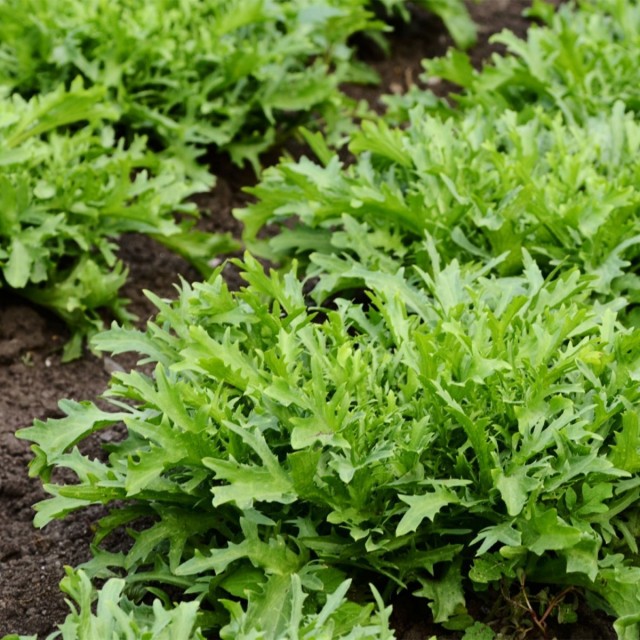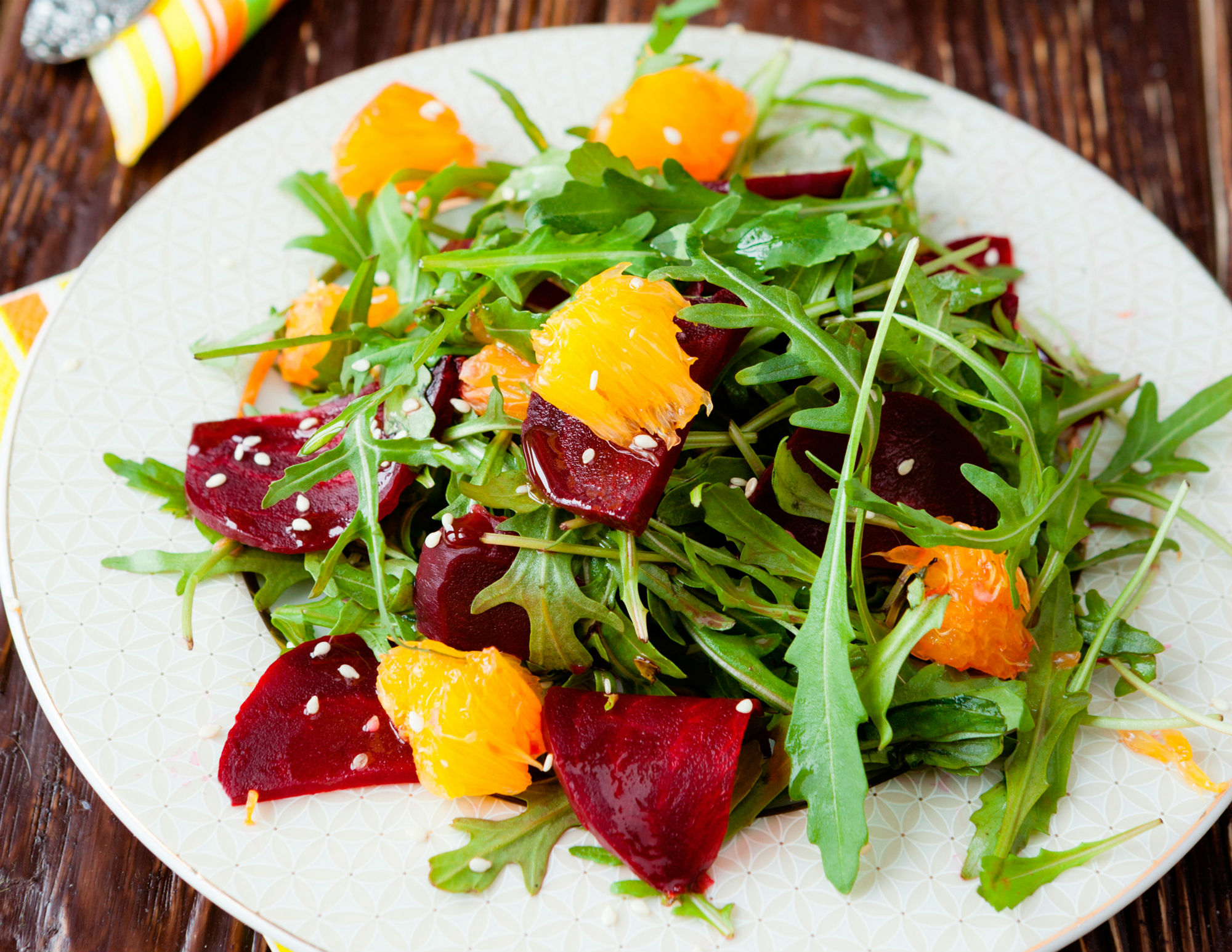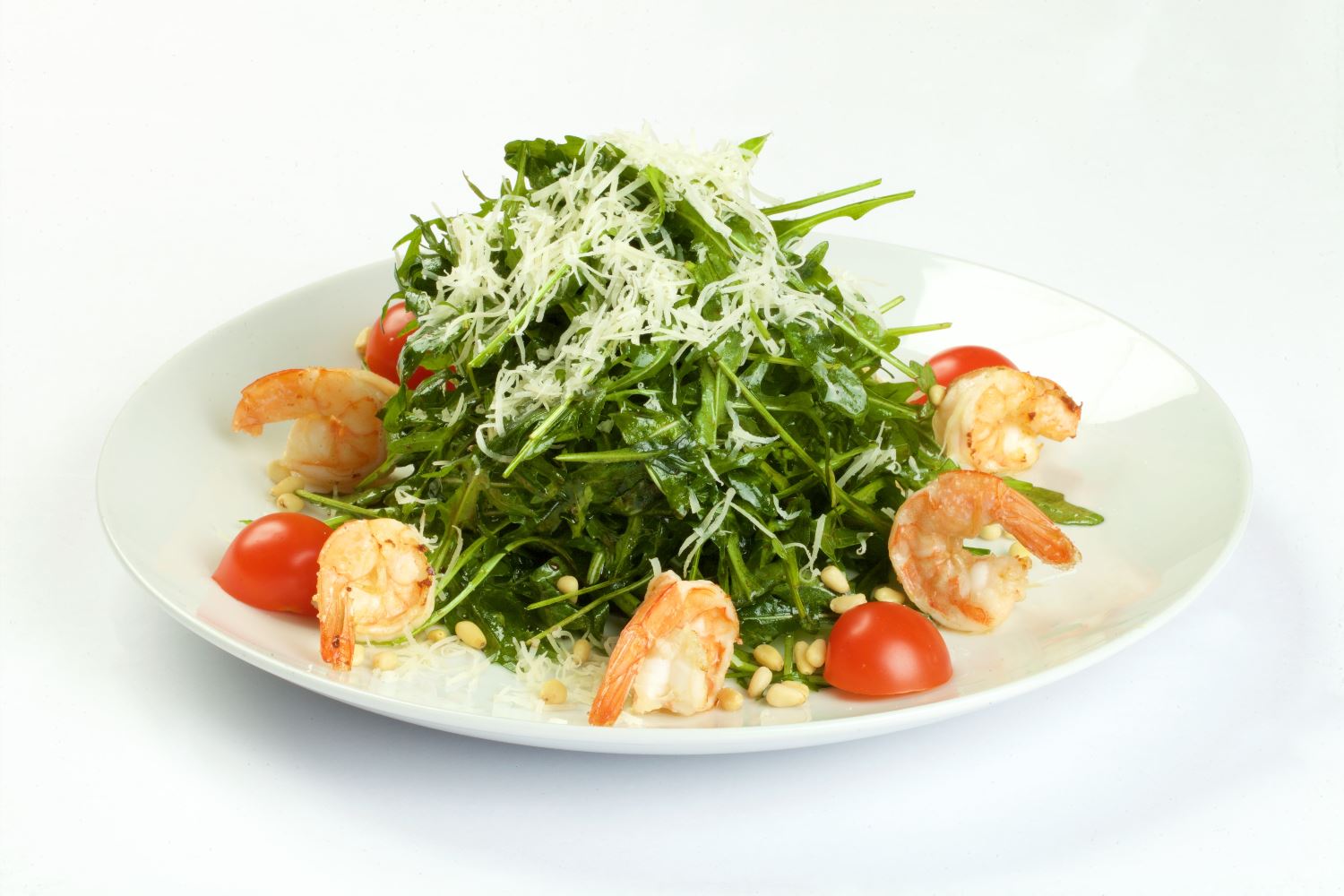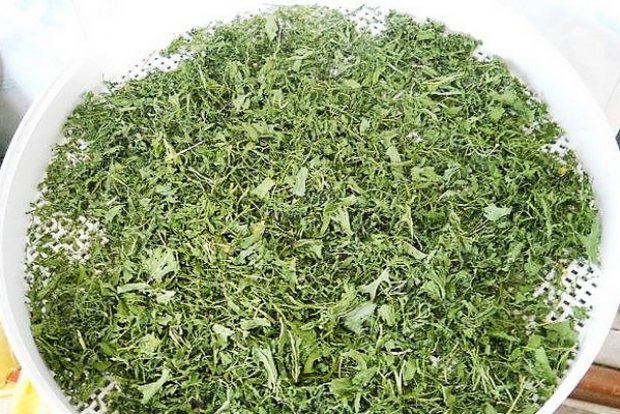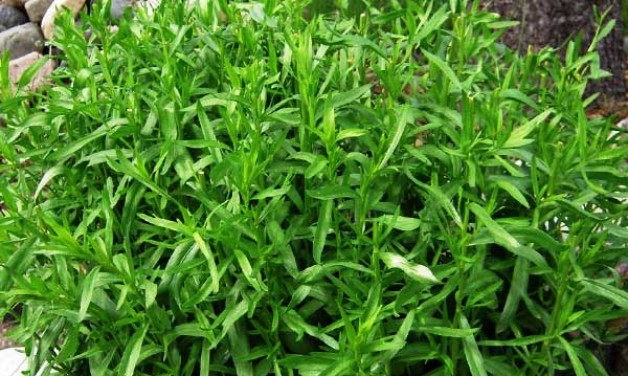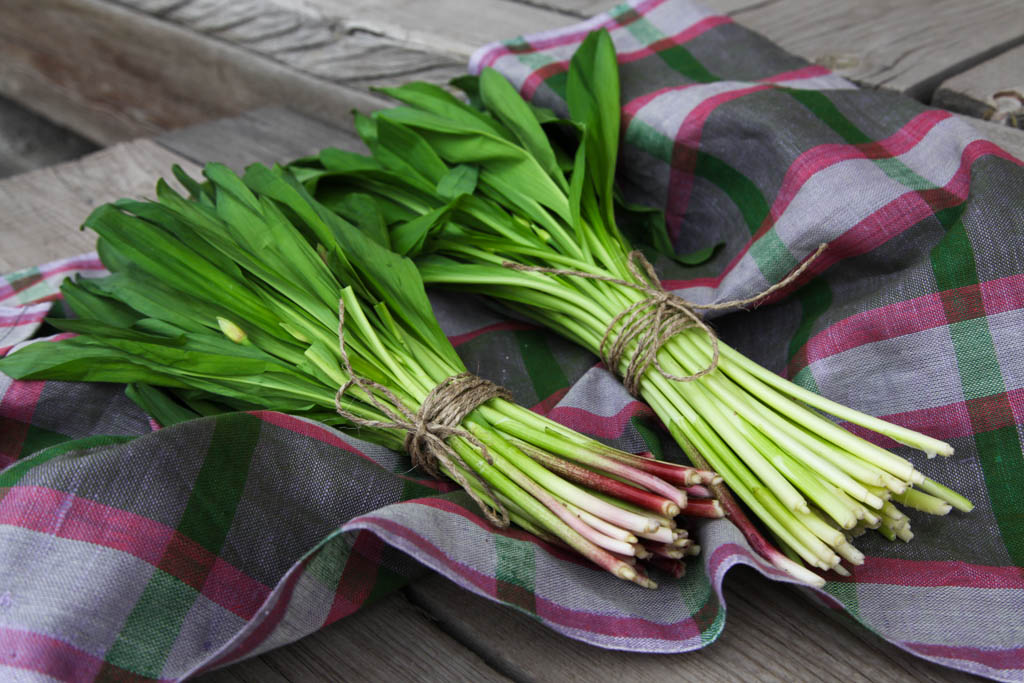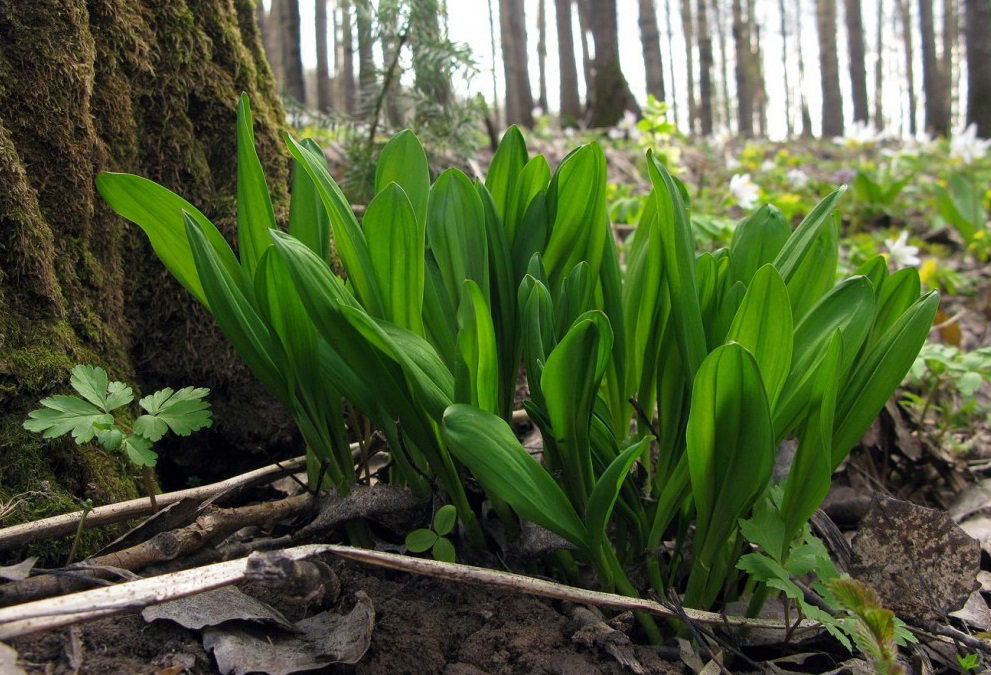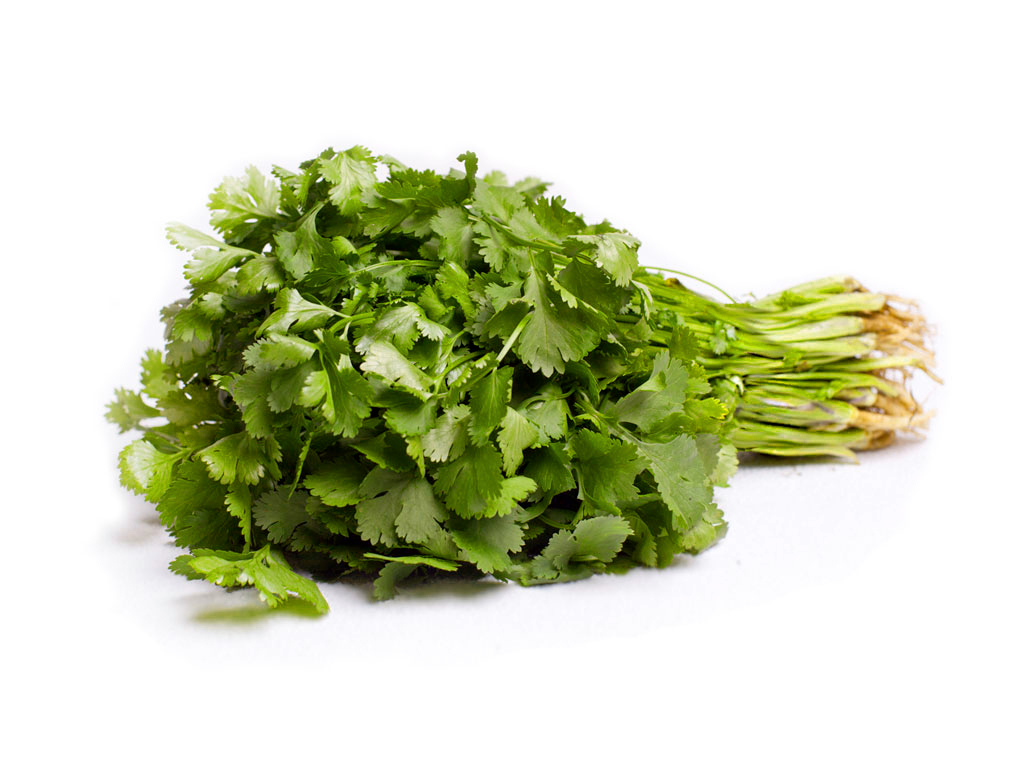Content:
Arugula (genus - Indau, family - Cabbage) as a culture is one of the varieties of salad. The plant is native to Southern Europe and Western Asia. Also, the plant can be found in Dagestan and the foothill regions of the Caucasus. The product is widely used in Mediterranean cuisine, where arugula is added to salads, pasta, sauces, pizza and a number of other dishes.
Few people know, but the plant has a very rich history. Since the days of ancient Rome, arugula has been used as a herb to enhance the flavor of a number of foods.
Description of culture
In our country, arugula herb began to gain popularity with the spread of Italian and French cuisines. The culture also has other names - indau, caterpillar, eruka. The plant belongs to the same family as the cabbage. Its close relatives are, among others, radishes, radishes, horseradish and turnips. Distinguish between wild and cultivated varieties of arugula. The wild plant is characterized by smaller leaves and a rich taste. Flowers and leaves are eaten, the seeds are used to make oil.
In our country, many people know what arugula is. Its cultivation is no longer something out of the ordinary, as it was literally 10 years ago. And although love for culture cannot yet be called mass, any gourmet knows this plant very well.
But before you start preparing the soil for planting a culture, it is strongly recommended to learn more about arugula and its properties.
The culture is early ripening: from the moment of planting to the collection of arugula greens, on average, it takes 20 to 25 days. Its foliage is thin, with a strong dissection along the edges. Planting can be carried out in open ground or in a greenhouse (greenhouse). Some lovers prefer to use ordinary flower pots for planting this salad (accordingly, the plant grows on a window or on a balcony, moreover, it is quite successful).
The rosette of leaves has a fairly large diameter - about 15 cm at a similar height. Greens taste like mustard. The crop yield is relatively high. Given the fact that the foliage is light, at least one and a half kilograms of arugula can be collected from one square meter of planting.
The plant is quite unpretentious, despite its southern origin, resistant to cold weather and contains a large amount of nutrients. Probably, you cannot find a vital trace mineral that does not contain arugula leaf.
Thus, arugula is an amazing product that has a positive effect on human health. In addition, this type of lettuce is a good honey plant and contributes to the health of the soil.
Eruka can grow up to 60 cm with proper care and bloom with white or yellow flowers. The seeds ripen in elongated pods. In each individual pod, at least 30 grains ripen, which can be further used for the preparation of mustard.
The plant is highly regarded by gardeners for its refreshing spicy taste and incomparable aroma. In addition, even those who do not understand anything at all about gardening can successfully grow a culture.
From care, the plant only needs regular watering once every two days. The plant is planted in open ground, usually from mid-April.On the windowsill, it will grow well from about March, when the daylight hours will already become relatively long.
Arugula varieties
Before dealing with what arugula is and what it is, it will not be superfluous to learn in more detail about what varieties this vegetable has.
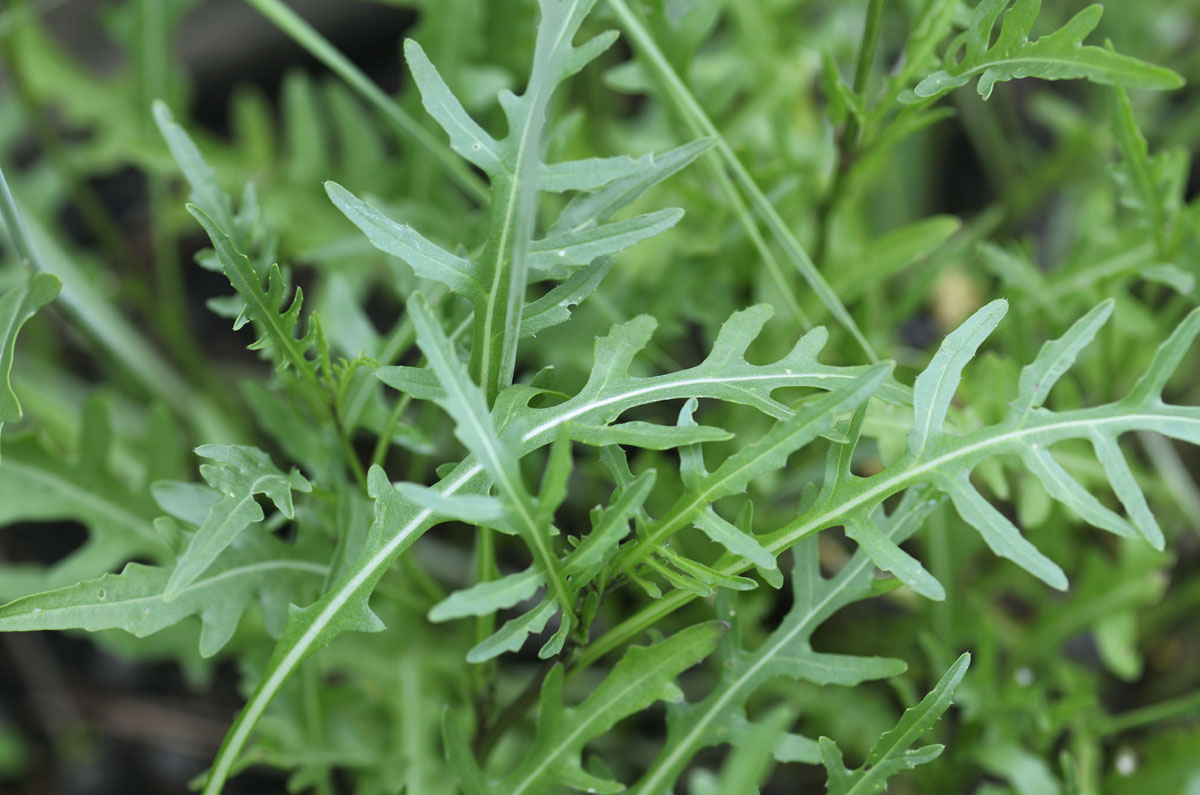
A large number of arugula varieties are currently cultivated, but not all of them grow well in the Russian climate.
In the conditions of the Russian climate, the following varieties are most often planted in dachas.
Cupid's arrow
Cupid's arrows are characterized by a medium ripening period. The growing season varies from 36 to 38 days. The name of the variety is explained by the presence of a raised rosette of long and narrow leaves in the plant. The variety blooms with light yellow small inflorescences. The peculiarity of the variety lies in the fact that outwardly the plant most resembles a dandelion and gives a high yield.
Poker
Arugula or arugula Poker belongs to the early ripening varieties. Its growing season is no more than 25 days. The plant has large leaves of rich green color. The bush usually grows up to 20 cm. The taste of the foliage is quite spicy, but slightly sweet and with a mustard flavor. Poker seeds can remain viable for a long period of time - at least four years.
Olivette
Another early ripening variety, Olivetta, has a growing season similar to Poker. The height of the plant is about 15 cm, the leaves are slightly rounded. The variety tolerates transportation well, including over long distances, therefore it is often grown in commercial volumes for sale. The yield is high.
Olivetta is especially highly valued for its taste - greens have a nutty flavor with bitterness.
Curiosity
This variety matures on average within one month. The bush reaches a height of 20 cm, has an erect stem, blooms with cream-colored inflorescences. The taste of the variety is sweetish without the slightest hint of bitterness.
The listed varieties are quite unpretentious and are able to grow well in almost any region of Russia, from the Voimozero region in the Arkhangelsk region to Kamchatka.
Beneficial features
Before embarking on planting a culture, many are quite logically interested in how arugula salad is useful. We will try to find out what vitamins and nutrients in arugula are contained in sufficient quantities.
Arugula is rich in vitamins of groups E, B, C, A and K, it also contains trace elements such as phosphorus, copper, selenium, zinc and iron. Regular consumption of this product can completely replace the intake of multivitamins.
Such a useful composition makes the product indispensable in the following cases:
- as a diuretic;
- in order to improve the functioning of the gastrointestinal tract;
- as an effective expectorant;
- with an increase in the level of hemoglobin in the blood;
- to strengthen immunity;
- for prophylactic purposes in the fight against colds;
- to lower blood sugar;
- for the regulation of water-salt metabolism.
Any woman or man looking to lose weight will appreciate arugula.
This product contains a minimum amount of kilocalories - only 25 Kcal per 100 g.
Plus, making arugula salad on a regular basis will improve your metabolism over time, further contributing to weight loss. In this regard, the most important thing is to find the right salad recipe, in which all the ingredients complement each other in terms of taste. This will avoid the question of why arugula is bitter.
In addition to cooking, arugula is widely used in cosmetology. In this aspect, the benefits of the plant are simply invaluable. Most often, the culture is used to make mustard oil. Some of it can be found in face and hand creams, hair masks, etc.
In such a field of cosmetology as skin care, mustard oil obtained from arugula seeds is simply irreplaceable.
It successfully copes with the following tasks:
- removal of the inflammatory process;
- restoration of tone;
- getting rid of acne;
- hydration and nutrition.
In addition, the healing properties of arugula come in very handy when it comes to combating hair loss and hair loss. The preparation and regular application of masks that include arugula seeds will give your hair a healthy shine and boost its growth.
Contraindications to the use of arugula
However, the described plant should not be considered a panacea for all diseases, which is incapable of causing the slightest harm. There are a number of contraindications for eating arugula.
So, for example, the greens of a plant are not recommended for eating if a pregnant woman is interested in delivering a child without problems. Practice shows that the spice can provoke uterine contraction and cause a miscarriage.
The product will not bring the slightest benefit to persons suffering from urolithiasis - the harm of arugula in this case can be expressed in an aggravation of the course of the disease.
Another category of consumers who are contraindicated in any form of arugula are allergy sufferers, that is, all those who suffer from individual plant intolerance. For other categories of citizens, arugula is a useful product in many respects, which is strongly recommended to be included in your diet.
How to eat arugula properly
Every Russian gardener who decides to plant healthy greens on his site sooner or later asks the question of how to eat arugula correctly and how to store arugula.
Arugula is widely used in cooking. If you have a freezer on hand, you can even freeze it for the winter and add it to various dishes. She, of course, will lose a certain amount of vitamins, it will smell as bright as if she had just been plucked from the garden, but it will not become absolutely useless anyway.
Arugula is often used for canning vegetables. If a salad is prepared with this plant, it must be eaten immediately. It cannot be stored.
Important! If the salad with arugula is seasoned in advance, the leaves will give juice and turn into porridge. Opened such a salad winds up very quickly and becomes tasteless.
Usually, arugula leaves are not cut, but torn by hand. When using a knife, rusty spots appear at the place where the cut is made.
Mustard oil is also used for dressing salads. The product goes well with any seafood, be it squid, shrimp, mussel or something else. Vegetables, legumes are stewed with it, used in sauces, cold snacks and even some dessert dishes.
Arugula will delight those people who, due to circumstances, have to eat boiled fish (for example, in accordance with the prescribed diet), but do not like its taste too much. The plant significantly improves the taste of all fish dishes, almost completely interrupting the unpleasant fishy smell.
Arugula goes well with tomatoes and cheeses. Vegetarians value this plant very highly for its rich and satisfying taste.
Particular attention should be paid to the storage of the product. Best of all, a product that has just been plucked from the garden feels in the refrigerator in a container with pre-poured water, from where the greens should be taken as needed. In this form, it will be able to survive for at least six days, and sometimes even longer, painlessly for its nutritional characteristics. For longer storage, the arugula will have to be frozen.
Important! Before freezing, the plant must be thoroughly washed and dried.
For long-term storage of the product, drying can also be used. Arugula is sorted out from garbage, washed well, dried and finely chopped leaves.Then the prepared leaves are laid out on a tray or baking sheet and sent to a dark, well-ventilated room for about a week. To speed up the drying process, alternative methods can be used: an oven (dry at a temperature not exceeding 40C with a slightly open door) or a dehydrator. Store dried arugula in a dry place. Under no circumstances should polyethylene be used for storage. A cloth bag, glass jar, or wooden crockery is much better. In dry form, the herb is used as a seasoning for soups, pies, ravioli and a number of other delicious dishes.
A little more than a century ago, there was no talk about the mass cultivation of arugula. Accordingly, the study of this plant was also not carried out. But, starting in 1900, the demand for culture began to increase, and this amazing variety of lettuce deservedly began to gain popularity. Today the demand for the product is still at its best.
The described plant has recently become more and more common in Russian household plots. Our compatriots have already tasted this type of salad and appreciate all its undeniable advantages.
Those who still doubt the advisability of growing arugula in their country house are strongly advised to reconsider their attitude and allocate a small garden bed for this plant, amazing in its characteristics.
